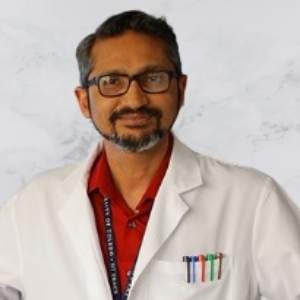Airborne, Waterborne and Foodborne Diseases
Infectious diseases can be transmitted in several ways, with air, water, and food being primary sources of infection. The risk of airborne, waterborne, and foodborne diseases highlights the importance of maintaining proper sanitation and hygiene standards. Airborne diseases spread through respiratory droplets, while waterborne diseases are contracted through contaminated water supplies. Foodborne diseases typically result from consumption of contaminated food products. Effective prevention of these diseases involves improving environmental sanitation, increasing public awareness, and ensuring that food and water sources are regularly monitored for safety. Public health strategies targeting these pathways are critical in minimizing the global burden of infectious diseases.

Francis J Castellino
University of Notre Dame, United States
Ranjan Ramasamy
IDFISH Technology, United States
Saurabh Chattopadhyay
University of Kentucky College of Medicine, United States
Rico Leonardo Lizbinski
Northern Light Health, United States
Sasha Leibholz
New York Presbyterian Columbia/Cornell, United States
Lauren Gruffi
New York Presbyterian Columbia/Cornell, United States



Title : Extensively drug-resistant bacterial infections: Confronting a global crisis with urgent solutions in prevention, surveillance, and treatment
Yazdan Mirzanejad, University of British Columbia, Canada
Title : Pathogen-derived noncanonical epitopes: Are they valuable targets for novel vaccinations and shall we be concerned about autoimmune responses?
Michele Mishto, Francis Crick Institute, United Kingdom
Title : Bioterrorism through the ages: Historical perspective, emerging threats, and medical countermeasures
Claudia Ferreira, Sorbonne University, France
Title : Measles vaccination coverage indicators in 2023 and advance towards measles elimination and eradication by 2030
Pedro Plans Rubio, College of Physicians of Barcelona, Spain
Title : Mathematical modeling of COVID-19 dynamics in a West African context
Christabel Emaeyak James, University of Glasgow, United Kingdom
Title : Severe influenza and other related respiratory infection cases during Omicron era in Japan
Masafumi Seki, Saitama Medical University International Medical Center, Japan